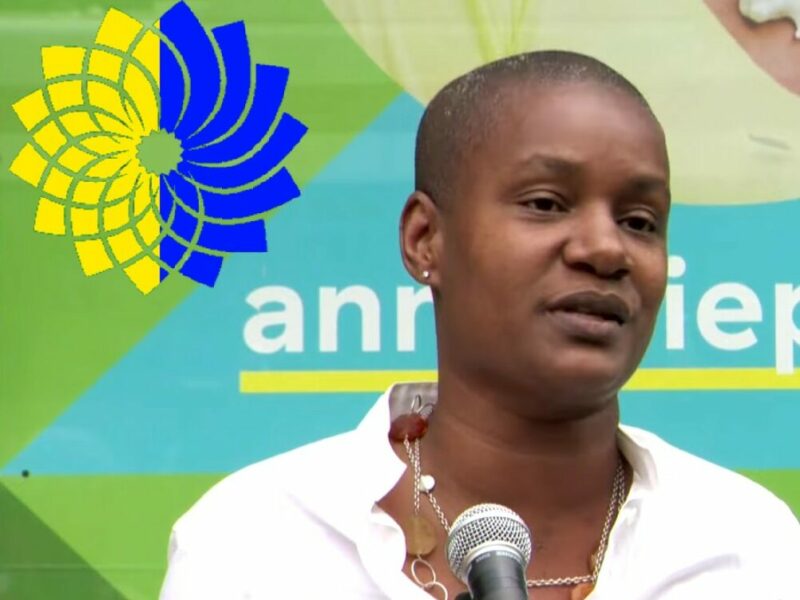


OTTAWA — Weeks of infighting amongst the federal Green Party have settled into an uneasy peace after a proposed non-confidence vote over party leadership was called off Monday. But the damage may already have been done, as the increasingly divided Green Party threatens to fracture into its primary colours, the blue and yellow parties.
Hoping to relieve tensions amidst divided party lines, Party leader Annamie Paul gave a formal address yesterday reiterating the importance of party unity.
“We live in an era that stands on the brink of climate catastrophe. The Greens are the only political party willing to push for the environmental policy needed to combat it to any meaningful degree. But we can only do that as The Green Party of Canada and not any other chromatic entity.”
“Green is the first colour you think of when you think about the environment. Grass, moss, trees for most of the year. All green,” demonstrated Paul, clicking through a slideshow of various shades of the colour. “Green is also the colour of frogs, St. Patrick’s Day, and the Green Power Ranger – the best colour Power Ranger.”
Though Paul’s speech was intended to unify the party under single verdant identity, several voices in the new blue faction expressed outrage that their pigment wasn’t given fair consideration, arguing that “blue is also a very environmental colour” by pointing out the sky and ocean are prominent blue symbols tied to ecological conservation.
Acknowledging that protecting the biodiversity of the oceans was an integral part of the Green Party platform, Paul reminded members that the Conservative Party had already called dibs on the entire spectrum of blues ranging from cyan to ultramarine.
Paul furthermore completely dismissed the idea of yellow as a party colour. “Canadians will see it and think we’re the “NoName brand” political party. We absolutely cannot make our party colour the colour of dandelions, wasps, and yellow snow – the worst colour snow.”
At press time, a bipartisan effort by the Liberals and Conservatives to enact meaningful change in the House of Commons had fallen apart with Conservatives condemning purple as an elitist, out-of-touch colour and Liberals deriding the tone’s strong religious ties.


